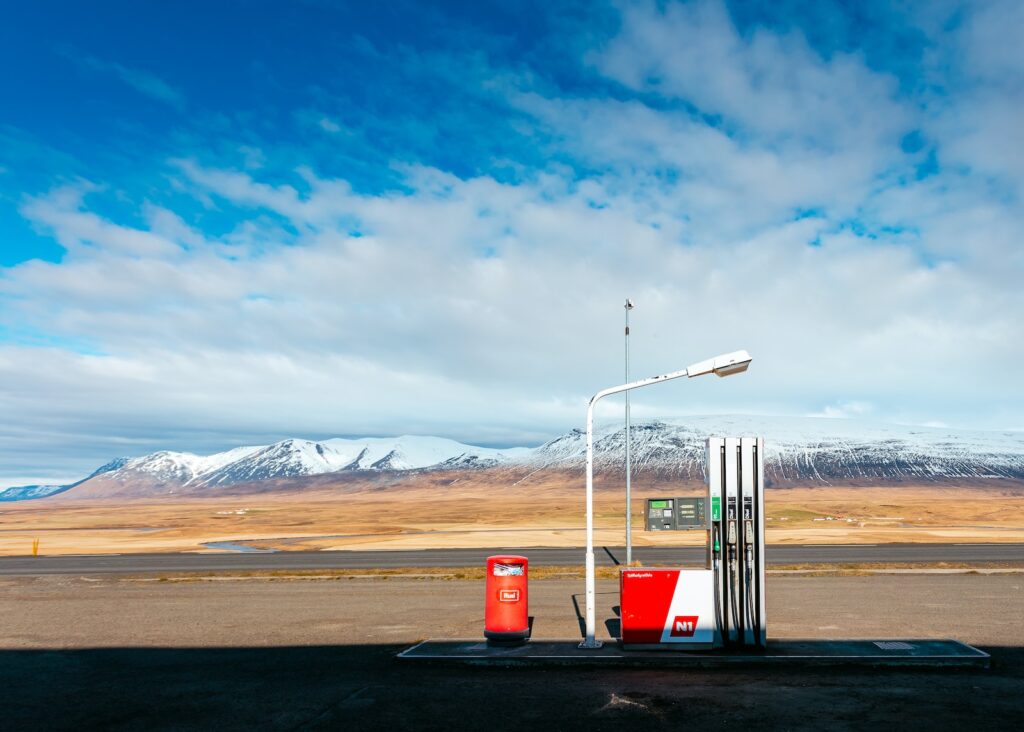As technology progresses the use cases for hydrogen in the low carbon economy are increasing in visibility, and numbers. Chingis Idrissov, Technology Analyst at IDTechEx, offers a tour of how the market, and element, are likely to develop.
As the energy and industrial landscapes experience transformative shifts, the hydrogen economy stands at the threshold of sustainable growth. The envisioned hydrogen value chain will integrate production, storage, and distribution systems, supporting a wide array of applications that span industrial processes to various transportation sectors. While electrification remains the predominant means of decarbonization for many sectors, hydrogen emerges as a critical solution for these hard-to-abate industries.
Traditional industrial sectors such as refining, ammonia, and methanol production continue to play a crucial role in the evolving landscape of hydrogen technologies. IDTechEx projects that petrochemical refining will remain as one of the largest consumers of low-carbon hydrogen for the foreseeable future. Hydrocracking and hydrotreating are key processes that use large amounts of hydrogen, with the latter being the primary hydrogen-consuming operation in a refinery. Factors like increased global oil consumption and the need to process heavier crude oils are driving the growing demand for hydrogen in this sector.
Petrochemical companies are making efforts to reduce their carbon footprint. Many refineries are located in industrial zones or chemical parks, which are becoming focal points for new carbon capture and hydrogen infrastructure projects, such as the Stanlow Refinery within the HyNet North West initiative. Additionally, hydrogen holds the potential for further emission reductions in refineries through its use in energy and heat generation systems, which currently rely on combustion technologies. However, it is worth noting that such advancements are expected to gain momentum in the refining market over the long term.
Ammonia production serves as another vital application for low-carbon hydrogen, significantly contributing to decarbonization initiatives in the fertilizer and chemical industries. Adapting the Haber-Bosch process to accommodate green or blue hydrogen offers a promising avenue for reducing CO2 emissions. In addition to its traditional uses, ammonia is gaining traction as an effective hydrogen carrier for international transport, indicating prospects for sustained growth in this domain.



















